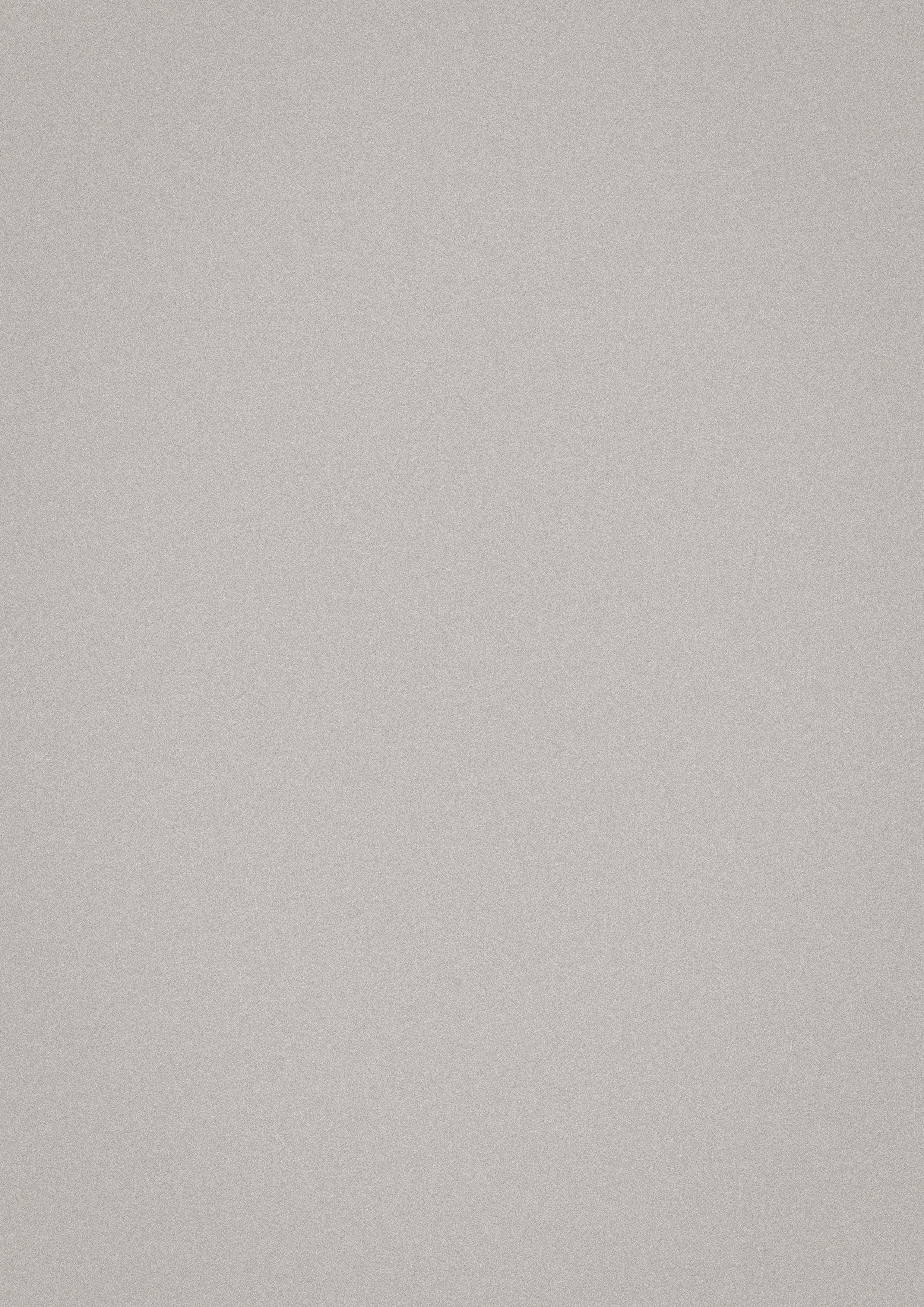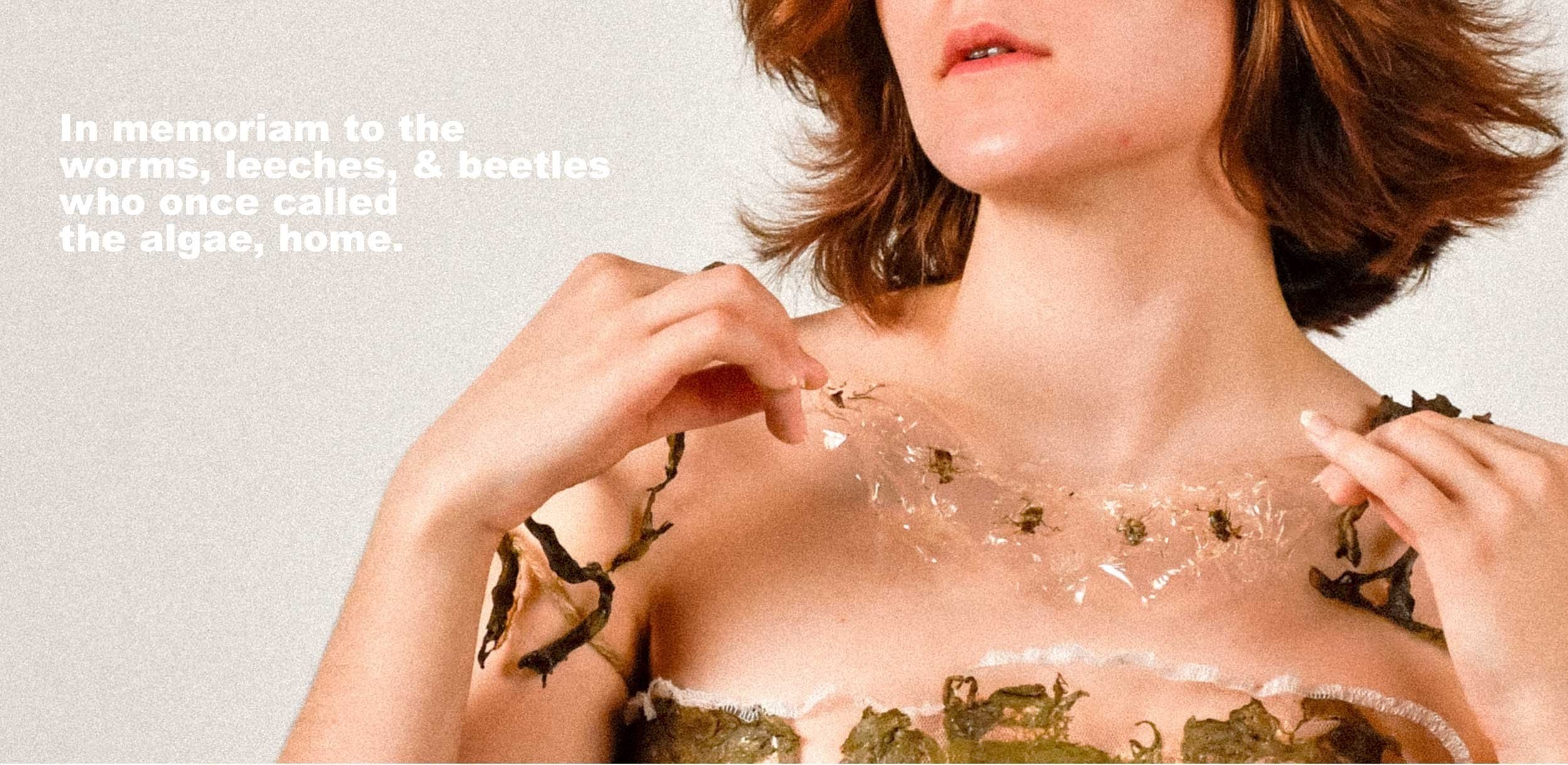Alternative Materials
Algae Embroidery, a project by Bianca Co and Ines Sarazin,
reimagines Algae as a flexible textile.

model: Elizaveta Sokolova



Algae Embroidery
dissects the impact of human actions on non-human temporalities, through the development of a novel fabric crafted from green filamentous algae. The designers, Co and Sarazin, created a biodegradable material that retains the algae’s natural patterns, using low-tech processes.
The biggest challenge of this research was to develop a formula that could transform the rigid, and brittle nature of dried algae into a flexible and robust fabric. Co and Sarazin collected the green filamentous algae themselves, an invasive species that thrives in swamps, ponds, and puddles. The proliferation of this algae is largely driven by fertilizer runoff, which introduces excessive nitrogen into aquatic environments. This nutrient surplus accelerates the growth of algae, leading to their abundance and disruption of local ecosystems.
Removing the algae allows underwater organisms to access oxygen, preventing eutrophication. However, this action also disrupted the algae’s role in the ecosystem, destroying habitats for worms, beetles, and leeches.
The intervention highlighted the complex interconnectedness of life forms and encouraged the designers to reflect on their design practice and on the ethical implications in prioritizing the well-being of one ecosystem over another. Through meticulous material research and experimentation, ALGAE EMBROIDERY highlights the influence of design on non-human temporalities and the ecological responsibility in design practices.





